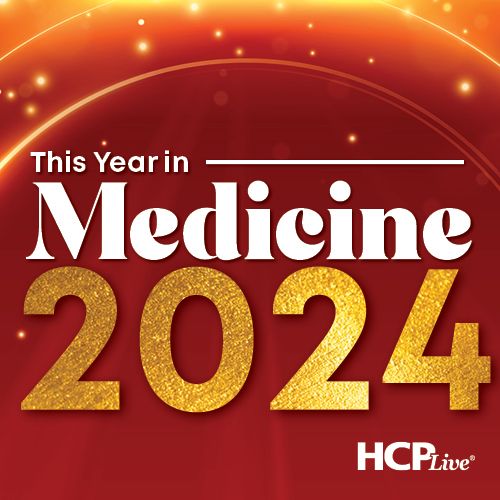Video
The Dangers of Distorting the Relative Bleeding Risk
%jwplayer%
The MD Magazine Peer Exchange “Novel Anticoagulation Options: Target-Specific Oral Agents and Their Antidotes” features leading physician specialists discussing key topics in anticoagulation therapy, including the clinical characteristics of current and emerging agents and criteria for use in specific patient populations.
This Peer Exchange is moderated by Peter Salgo, MD, professor of medicine and anesthesiology at Columbia University and an associate director of surgical intensive care at the New York-Presbyterian Hospital in New York City.
The panelists are:
- Scott Kaatz, DO, MSc, Chief Quality Officer at Hurley Medical Center in Flint, Michigan, and clinical associate professor at Michigan State University
- Seth Bilazarian, MD, clinical and interventional cardiologist at Pentucket Medical and instructor of medicine at Harvard Medical School
- Gerald Naccarelli, MD, Bernard Trabin Chair in Cardiology, professor of medicine and chief of the Division of Cardiology at Penn State University School of Medicine, and associate clinical director at Penn State Heart and Vascular Institute in Hershey, Pennsylvania
- Christian T. Ruff, MD, associate physician in the cardiovascular medicine division at Brigham and Women’s Hospital, and assistant professor of medicine at Harvard Medical School in Boston
The risk of stroke is vastly underestimated, while the risk of bleeding is overestimated, said Ruff. Time is our friend, he said, with the novel oral anticoagulants, because almost all of the anticoagulant effect clears the patient’s system in about 24 hours for patients with relatively preserved renal function. So reversal should not be the first step; it should be stopping the drug and waiting, except in the case of life-threatening bleeds.
If a patient has recently taken a dose of anticoagulant therapy and is in a car accident with bleeding, Naccarelli advised giving the patient activated charcoal to decrease the drug’s absorption. After surgery, one of the ways to minimize bleeding is to reinitiate the anticoagulant when the patient has reached hemostasis rather than bridging them.





